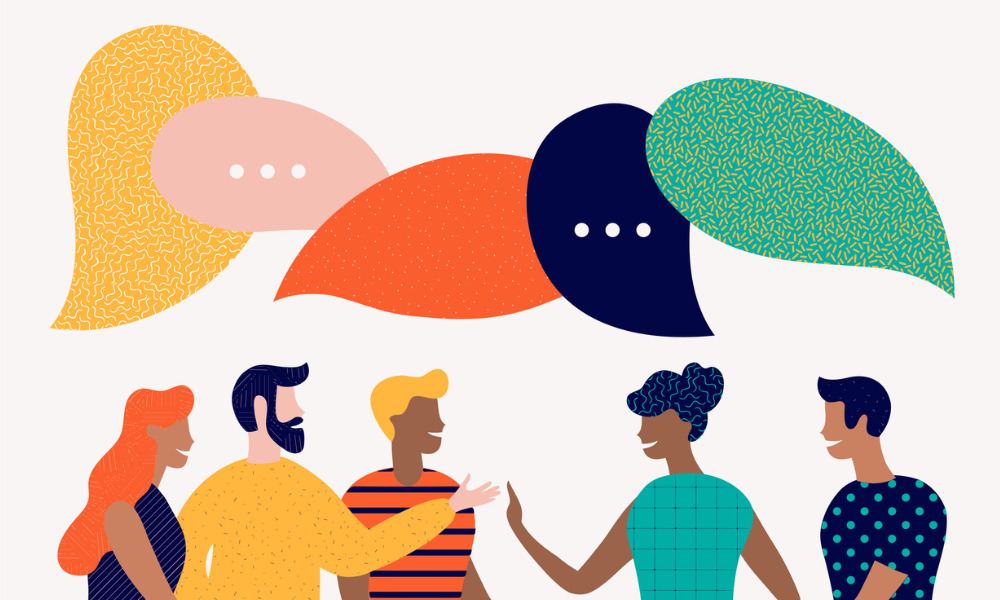Understanding what’s really meant by terminology around anti-racism, diversity or inclusion makes difference

When we talk about diversity, anti-racism or inclusion, what are we talking about? There is a lot of vocabulary to understand in order to have informed discussions within our organizations.




